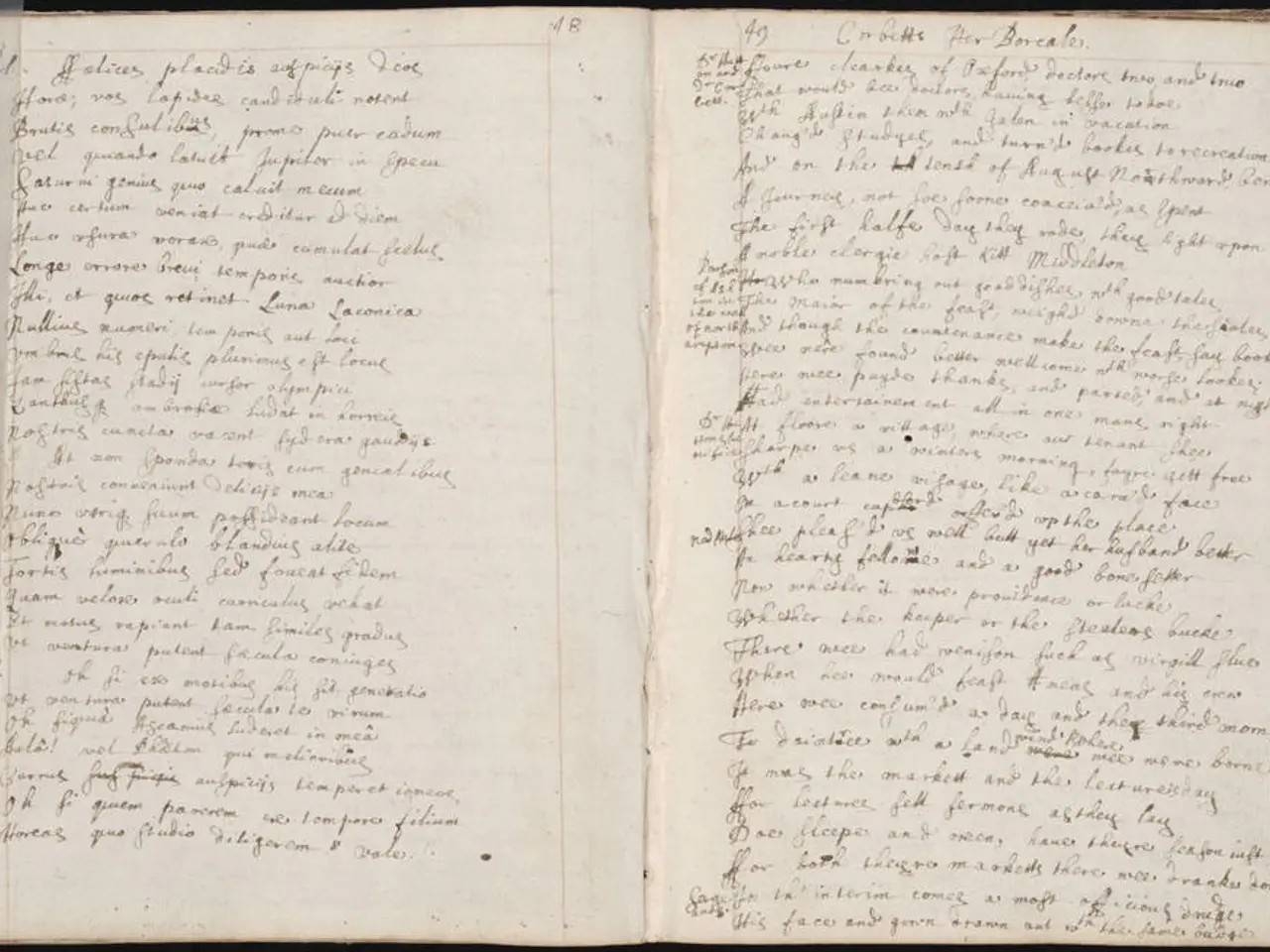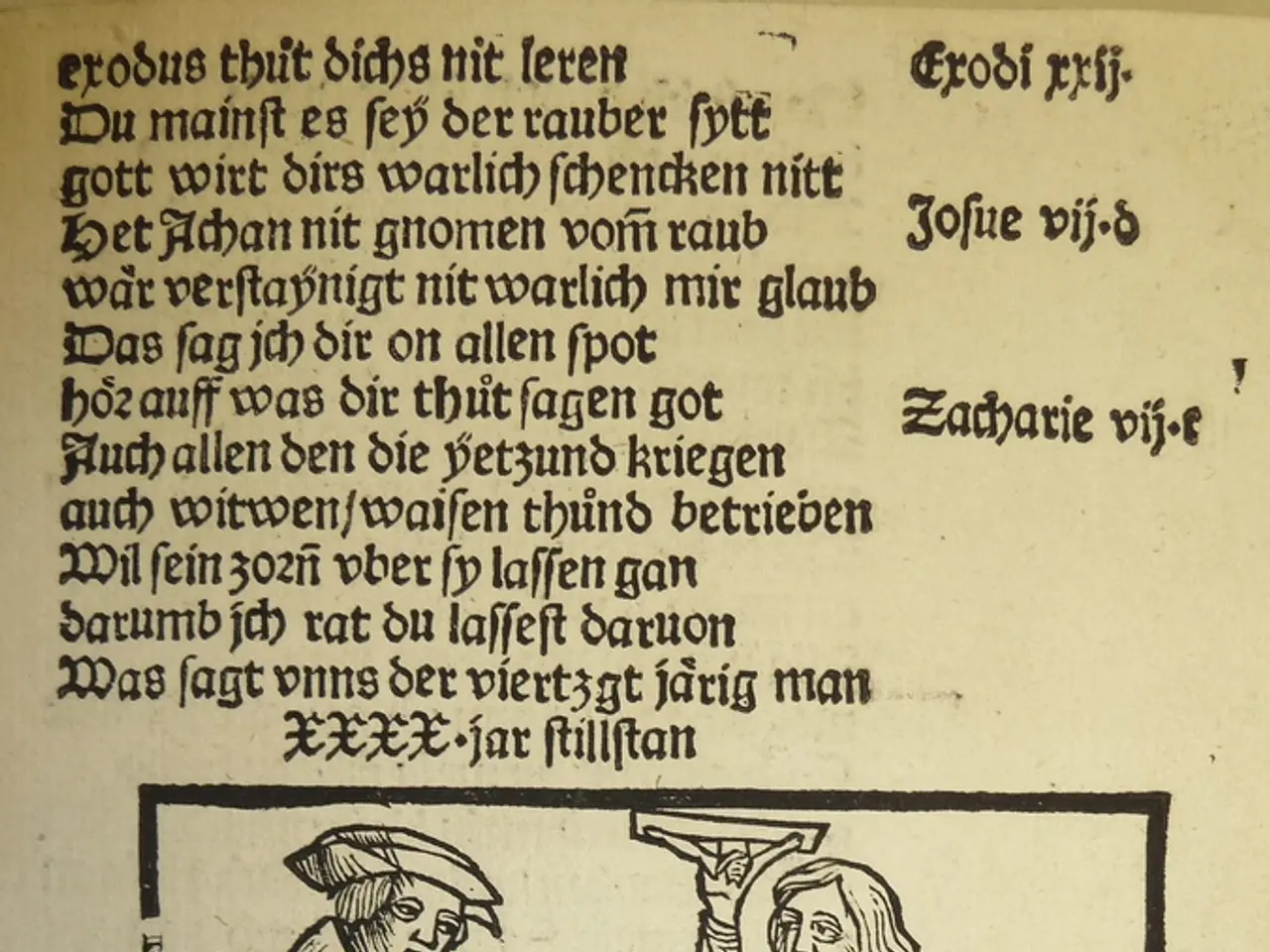Implementing Initial Developmental Edits: A Guide for Novices
### A Writer's Journey in Applying Developmental Edits: A Case Study
In the world of writing, developmental edits are a crucial step towards crafting a compelling story. One writer embarked on this process for the first time using an unconventional method, which they dubbed the "Frankenstein" method.
The writer employed this technique by copying and pasting text from the original document into a new one, with revisions noted in brackets. This approach provided targeted places for changes, making the daunting task of developmental editing more manageable.
The writer's journey was not without its challenges. Filling in all those brackets was a deeply rewarding yet equally exhausting process. After weeks of research, the writer found only one helpful video, Jessica Brody's YouTube tutorial on "How to Revise Your Novel Using the 'Frankenstein' Method."
When it came to applying developmental edits, the writer focused on the big-picture elements, using the editorial feedback as a strategic roadmap for revision. This approach targeted structure, pacing, character development, plot, dialogue, storytelling, style, and overall marketability in fiction, or clarity, logic, organization, and impact in nonfiction.
The writer's strategy was meticulous. They read through the editorial feedback carefully, breaking it down into manageable tasks, and using a flexible plan or outline to implement a structured yet adaptable roadmap for revisions. Prioritizing changes that improved the story's foundation was key, with major structural or pacing problems tackled before polishing language or dialogue.
The writer also embraced revision as a creative process, not just correction. This meant being open to significant rewrites or rethinking scenes and character arcs for stronger impact.
Seeking feedback from a handful of people who raved about the initial drafts, the writer asked them to review the revised work to let them know if they had deviated from the original premise. The writer ended up with a story they feel is their best work to date.
The writer likened the process of applying developmental edits to building a cathedral and forgetting to add a vestry, emphasizing the importance of big-picture thinking and strategic planning. The writer also created a checklist document of all changes that needed to be made after receiving developmental edits.
The writer had to write "ugly" to successfully apply developmental edits using the "Frankenstein" method. This meant experimenting with dialogue and scenarios that would not work for the story, and writing ugly gave them the freedom to do that and permission to delete the bad stuff later. The "Frankenstein" method also helped the writer protect the good parts of the original document.
The writer learned that they could discern what their story needed and what it didn't, even throwing away advice from their developmental editor. The writer took a break from the project to work on a fun, light-hearted story to distance themselves and rest before returning to revise their work.
In the end, the writer found the "Frankenstein" method helpful in applying developmental edits for the first time. They hope that sharing their experience can help someone else in a similar situation. The writer believes that their long-term process for future developmental edits has become clearer after completing this process.
In the writer's endeavor for personal growth and self-development through education-and-self-development, they focused on learning and implementing strategies for applying developmental edits in their work. This process, known as the "Frankenstein" method, involved targeted learning and significant rewrites, aiming for a stronger impact and a clearer vision for future projects.



